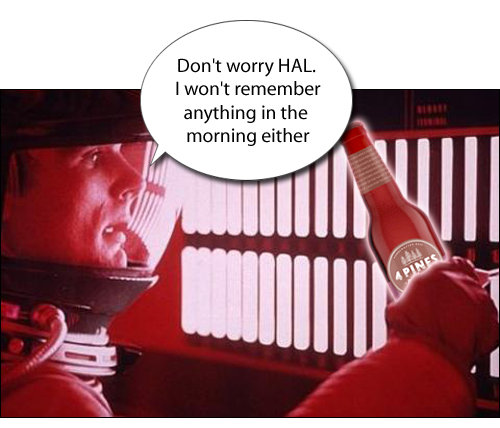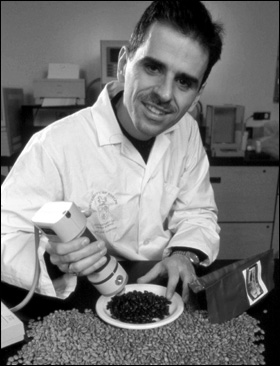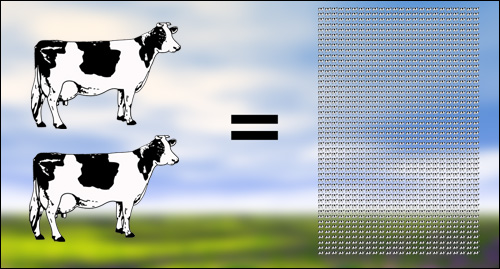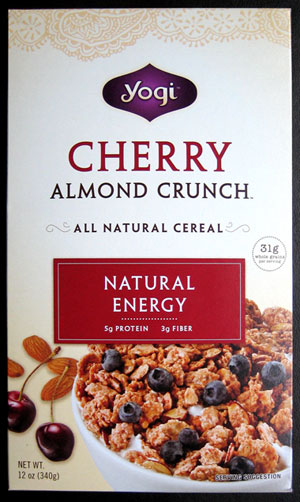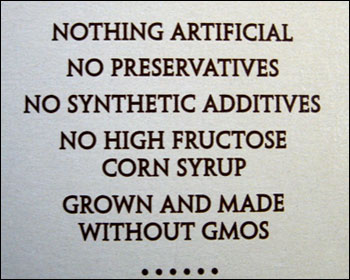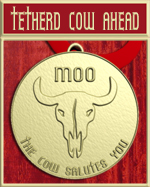Mon 3 Oct 2011
MaHaWoo Water
Posted by anaglyph under Food & Drink, Food Science, Hokum, In The News, Silly, Skeptical Thinking, WooWoo
[21] Comments
Ah, dear Cowpokes. If there’s one thing that remains completely reliable in the World of Woo, it’s that people will relentlessly find ways to re-invent, repackage and re-market good ol’ H20 as some kind of miracle product. For your delectation this morning, I present to you the following newspaper snippet that comes to you courtesy of the Weekend Australian and my fellow tweeps ((You see how I’m actually warming to Twitter, don’t you now?)) @johncarneyau & @DrRachie.
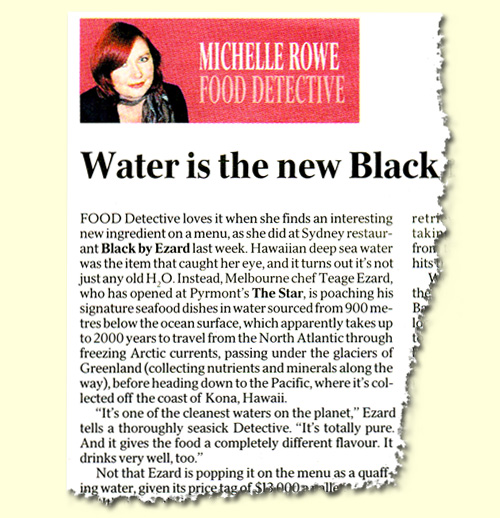
It is to laugh. Now, I have not dined in chef Teage Ezard’s restaurant ((I have food allergy: I’m allergic to anything that contains hogwash. It causes me to launch into long raves about how stupid people can be. Ask Violet Towne. She’ll tell you.)) but when I read something like this:
It’s one of the cleanest waters on the planet. It’s totally pure. And it gives the food a completely different flavour.
…I already know, without the need to do any further research, that the person saying it is a nitwit. Understand this, Mr Ezard: it’s not hard to make ‘totally pure’ or ‘clean’ water. Millions and millions of litres of it are created every day for one use or another. It’s done very simply: you boil it and condense it, or you filter it. THAT. IS. ALL.
But of course for block-headed pretentious chefs-de-cuisine and air-headed credulous journalist gourmands, that’s WAY too prosaic. They don’t want ‘pure’ water, they want magic water – ‘2000 year old’ magic water from the bottom of the ocean, in this case.
Whoa, hang on there Faithful Acowlytes – no need to bang the tin cups on the bars. Yes, water from the ocean IS salty, even if it is old. So how can it be ‘pure’? Well, to answer that question we must visit the source of Chef Ezard’s mystical water, ‘the island paradise of Hawaii’ and consult the makers of the product in question: MaHaLo Hawaii Deep Sea Water.
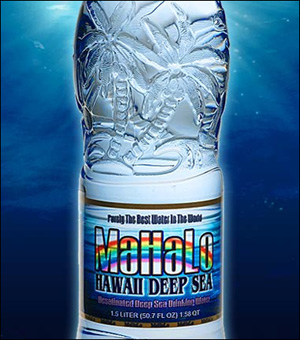
[Cue Hawaiian guitars and hula dancers]
MaHaLo Hawaii Deep Sea drinking water comes to you from the island paradise of Hawaii, 3,000 feet below the ocean’s surface, where the water is naturally clean, pure, cold and filled with healthy minerals and nutrients.
Aha! Naturally clean, pure, cold and filled with healthy minerals! Righty-ho, that’s easy – nothing left to do but bung it in some bottles and ship it to the customers!
Koyo USA Corp. pumps the water into its ultra-modern processing facility, where it removes the excess sea salt and tests it for purity and content.
Wha? They have a processing facility? And they need to remove stuff? And then do tests? So when they told us before that their water is naturally clean and pure, they meant, ‘kinda sorta’, it seems.
Deep Sea Water contains abundant amounts of essential minerals like potassium, calcium and selenium, plus minute amounts of many of the trace elements such as iron, copper, zinc, manganese and chromium, which are missing from common surface water.
Maybe that’s so, but that’s not what’s getting into the bottle, is it? ((And what’s with the ‘common’ surface water?)) What MaHaLo is asking us to believe here is that they treat water in such a way that they can remove the sea salt, make the water ‘pure’ and still maintain its supposed magical balance of minerals. I’m highly skeptical of this. What I reckon happens in the MaHaLo plant is that they desalinate the water, measure its characteristics, and then add stuff back to it. This is not rocket science, nor is it particularly special – it happens in water bottling plants all over the planet.
These trace minerals help humans absorb the vitamins in food and pass these directly into the system.
Actually (and I’m prepared to stand corrected on this matter) I was under the impression that it’s vitamins that help the body absorb metals and minerals and not the other way around. Whatever the case, it’s plain bunk that you need to get necessary trace minerals from drinking water; whatever you need you can get from a healthy diet.
In some cases, bottled water marketed as “natural spring water†with pictures of mountain streams and lakes on the bottles’ labels is nothing more than filtered tap water.
That’s right. And in some other cases, bottled water marketed as “natural deep sea water”, with pictures of palm trees and rainbows on the bottles’ label is nothing more than filtered sea water.
We at Koyo USA take these deceptive claims very seriously and strive to meet and exceed EPA and FDA standards for our water.
The implication here is that there is something rare or special about meeting or exceeding EPA and FDA water quality requirements – this is a wondrous use of weasel language. ALL bottled water and even normal tap water is required to meet those standards. MaHaLo should be doing more than striving – they should be guaranteeing!
There is no healthier way to obtain all the nutrition your body requires from water than MaHaLo Hawaii Deep Sea® Water.
Nutrition? Really? Er… actually, your body doesn’t require any nutrition at all from water. I think they’re getting confused with food. What your body requires from water is water. Counting on water to provide nutrition is almost as dumb as counting on air to provide nutrition.
But perhaps I have this whole affair arse-about. Maybe that’s what Teage Ezard is getting at with his fancy boil-in-a-bag haute cuisine: there’s no nutrition in the food itself, so he’s hoping you’ll get it out of the water! It’s at least as plausible as claiming that it makes the food taste any different. I guess Chef Ezard feels compelled to do something flamboyant with MaHaLo Deep Sea Water: for the $13,000 per pallet that they apparently charge for it, you’d certainly not be wanting to piss the stuff away. ((MaHaLo is certainly not spending any of their profits on their advertising. The commercial on their home page is one of the lamest, crummiest, least-persuasive ads I’ve ever seen. And I’ve seen some.))
[More silly water stories here, here, here (bonus material in Comments), here and here.]
